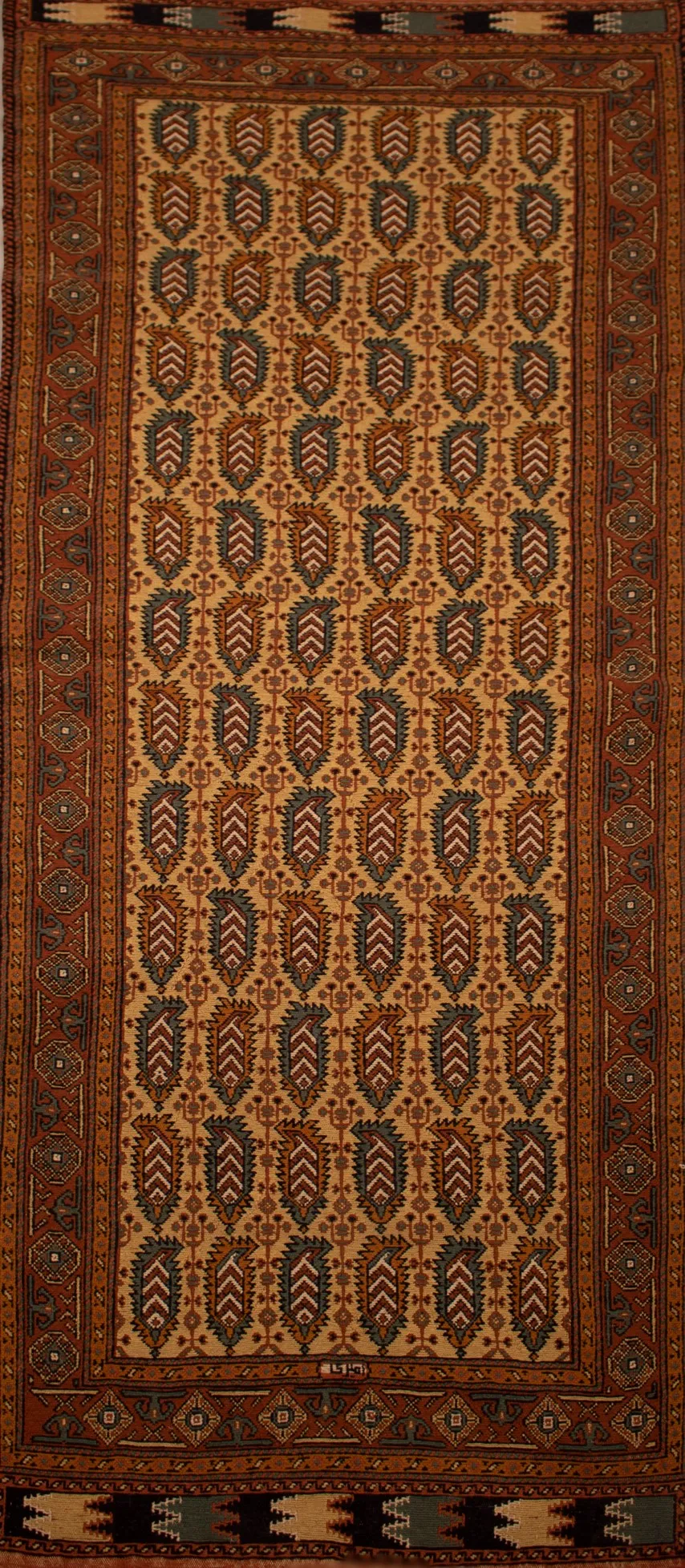You may think, what is a Persian Kilim or Jajim rug? These carpets are flat woven rugs in Iran, mainly from rural regions or nomad tents. Despite their unique texture, which doesn't include any piles, these two differ, but both are considered magnificent hand-knotted carpets woven by Persian women with folklore designs. Due to their simple structure and texture, Kilim and specially Jajim rugs have reasonable prices, usually woven with wool yarns (based on the regions they belong to, their materials can also include goat wool and cotton). These eco-friendly Persian carpets have fascinating patterns inspired by imagination and folk stories, dyed with natural dyes of the beautiful nature in Iran. The history of these handmade rugs is even longer than that of the first rugs with piles, referring to 2500 years ago when humans became elite in interweaving warps and weft yarns. Today many tribes, nomads, and rural people still produce stunning Kilim and Jajim rugs in Iran with various styles, such as Qashqai, Bakhtiari, Baluch, Turkmen, Khamseh, Shahsavan, and Lori tribes. Percarin is the home of all Persian carpets and rugs, where you can find a diverse collection of Kilim and Jajim rugs belonging to different regions in Iran. Discover the flat woven collections!
